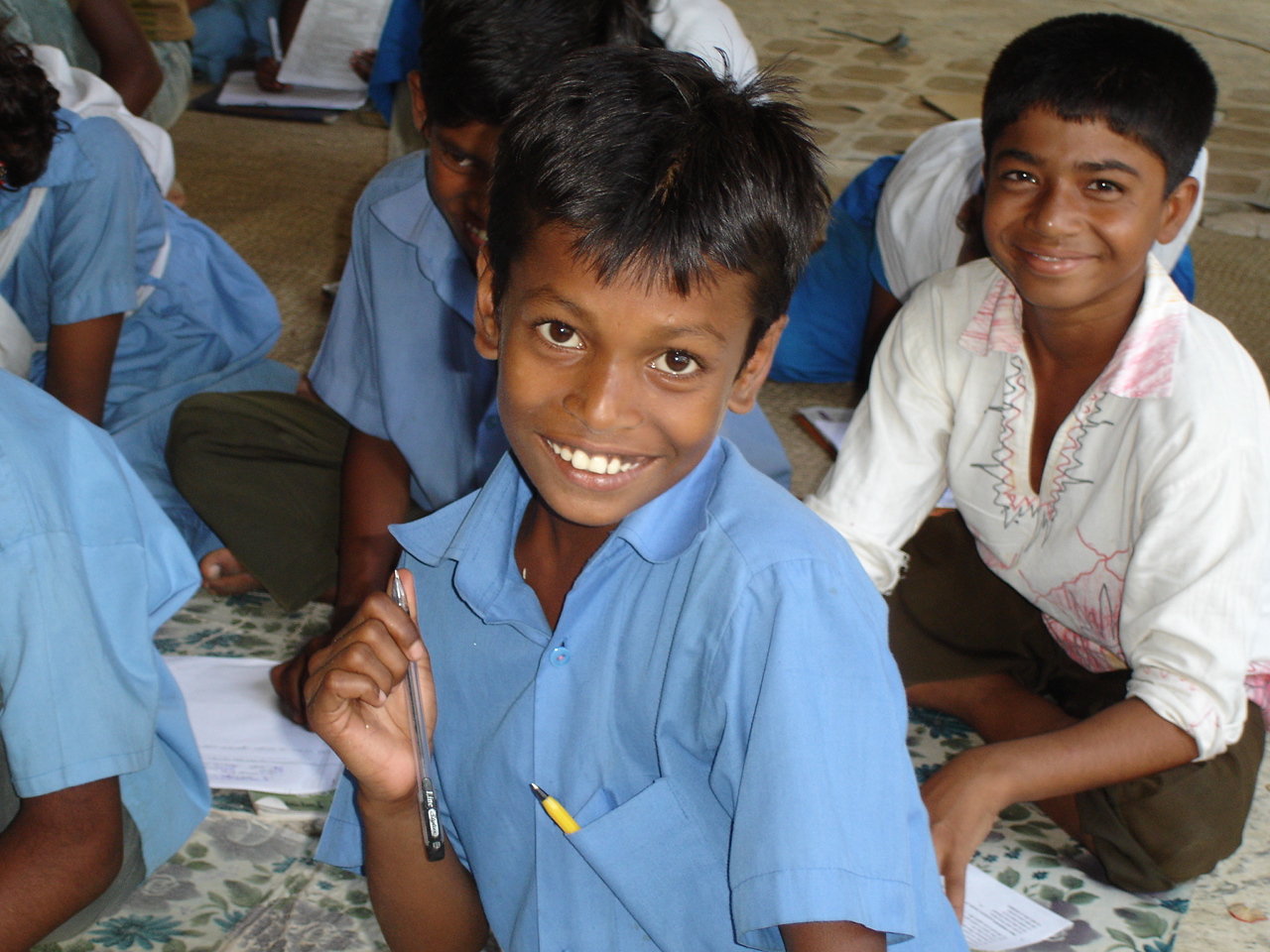“With these books, students will be taught about disaster… [preparedness] by rhymes and stories, so that they can understand the risks,” Shafikur Rahman, chairman of the National Curriculum and Textbook Board (NCTB), told IRIN.
In the Bangladesh 2010 National Education Policy disaster preparedness is cited as a core area to be incorporated into the curriculum, “to build students as skilled human resources to fight the challenges of the world threatened by climate change and other natural disasters, and to create in them a social awareness about environment."
The Asian Disaster Preparedness Centre lists this low-lying nation of 155 million people as one of the most disaster-prone states in the world, with cyclones entering the Bay of Bengal and making landfall along the Bangladesh coast almost every year.
More than two-thirds of the country’s 64 districts are prone to natural disasters, including cyclones, floods, landslides, tornadoes and drought. The Comprehensive Disaster Management Programme (CDMP) of the Ministry of Disaster Management and Relief is providing financial and technical support to incorporate disaster preparedness in the Bangladesh school curriculum.
A 7.5 magnitude earthquake in the capital, Dhaka, could result in a more than 100,000 deaths, the CDMP notes.
Disaster risk reduction (DRR) and climate change adaptation have already been incorporated into the 39 textbooks used by the Ministry of Education.
Learners are not only taught about disaster risks, but also receive training about what to do in disasters. CDMP officials currently conduct earthquake drills at 70,000 primary and secondary schools twice a year.
“We are making students prepared so that they can respond immediately during disasters,” said Mohammad Abdul Qayyum, national project director of CDMP. “Teaching students about disaster risks is a good way to reduce… [such] risks. School children are change agents. If we make them aware about disaster risks, it’s possible to make the whole community aware,” Qayyum said.
Awareness is also being promoted at the tertiary level. CDMP currently supports various academic programmes in disaster management at 17 universities and 11 training institutes, providing grants for disaster-related research and more than 1,500 copies of DRR and CCA reference textbooks.
“We have plans to give support to start disaster management academic programmes in all universities in the country in the future,” Qayyum said.
Master’s degrees or diplomas in disaster management are offered at 17 universities. In 2012, 1,500 master’s degrees in disaster management were awarded, while another 6,000 students received DRR training.
Dhaka University’s Institute of Disaster Management and Vulnerability Studies has been running a graduate disaster management programme since 2009 and 50 students are enrolled each year. “The subject is getting more and more popular each day. We are getting more admission seekers with every new intake test,” said Mahbuba Nasreen, director of the institute.
Faizur Rahman, a primary school teacher and a student at the University of Dhaka, says he is doing a course so he can teach his learners about disaster preparedness. “I’ve discussed some of the basic topics with my students, like storms, [and] earthquakes, and found that they were interested in learning about the risks.”
mw/ds/he
This article was produced by IRIN News while it was part of the United Nations Office for the Coordination of Humanitarian Affairs. Please send queries on copyright or liability to the UN. For more information: https://shop.un.org/rights-permissions





